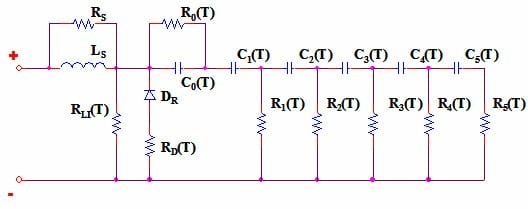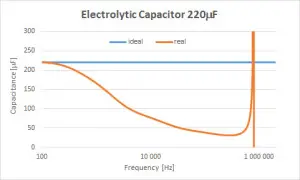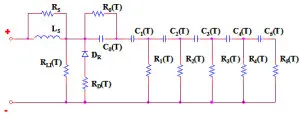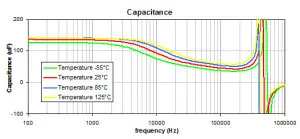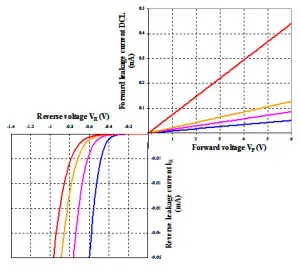by T.Zednicek, European Passive Components Institute
PSpice simulation of electronic circuit functionality has become a standard HW design approach by most of electronic design engineers today. While simulation models from ICs and active components are normally available and used, passive component models are not considered as an critical component and ideal components from library are often used for simulation. Nevertheless, in some cases, high accurate passive component models might be of critical importance for the circuit model behaviour evaluation.
Computer based electrical simulation & modelling has become a standard electronic HW design tool in most of companies today. The advantages of the PSpice type of simulations are obvious:
- fast and virtually no cost verification of the HW functionality
- early mulfunction identification in different test regimes
- cost & time saving by introduction of fully operational device into pre-production
- simulation of behaviour in non-standard, edge conditions hardly obtained by experiments
- quality & reliability performance from initial design stage
Nevertheless, the reality and accuracy of modelling are strongly influenced by a quality, simulation conditions range and fidelity of the all used components. It has become today’s standard that manufacturers of ICs and active components are realising new parts together with its models ready to use in various simulation PSpice softwares and HW engineers are always checking and using them for new designs. However this practice is not always followed in the case of passive components.
“Real” passive components are not usually implemented for circuit simulation software and ideal passive components (resistors, capacitors, inductors) are routinely used in simulation software. Unfortunately, ideal and real passive components have significant differences in their electrical parameters. These differences are leading to inaccuracies between the actual hardware performance and expected results based upon software simulation programs.
Ideal Capacitor Features
- no change of Capacitance with frequency/temperature/voltage
- no self-inductance, thus no resonance point
- no real resistance
- no DCL leakage current
an analogue examples can be expressed about other ideal passive components – Inductors, Resistors …. that are oftenly used in PSpice simulation programs.
However in reality, espetially for the case of electrolytical capacitors the ideal models are very far from the reality. The capacitance drop with frequency, voltage (MLCC) and self-resonance frequency may have a key influence to the voltage & current ripple / occurance of spikes that needs to be considered to guarantee the electrical circuit functionality within its operational range.
An Example of ideal versus real capacitance frequency dependence of 220μF electrolytic capacitor at room temperature.
There is currently significant difference between offering & accuracy of PSpice / S parameters models available by passive components manufacturers. It is of key importance to require and insist on high accurate simulation models or at least take this factor into consideration during the simulation.
The real high-accurate models can be quite complicated, as for example tantalum capacitor model suggested by AVX 1]
that simulates basic electrical parameters frequency and temperature behaviour as well as DCL and V-I characteristics.
[1] Pelcak.J., “Tantalum and Niobium Oxide Capacitors Equivalent Circuit Model Applicability to Simulation Software”, CARTS Europe 2003
© European Passive Components Institute


















